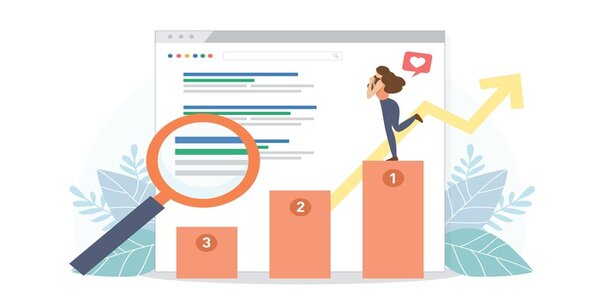Google BERT and the Search Algorithm: How BERT Can Help in Digital Marketing

You might be wondering what exactly BERT is, how it helps in digital network marketing, and how you can use it to improve your search results on Google or other search engines. So what exactly is Google BERT? It’s an extension of BERT, which stands for Bidirectional Encoder Representations from Transformers (say that three times fast). Basically, it makes computers able to process human language data more easily by changing the way the information is encoded in text files. Let’s explore this further, so you can see how it can help your business’s digital marketing strategy!
What is Bert Google?

Google’s new search algorithm, BERT, is designed to better understand the user’s intent when searching. This is a major shift in how Google ranks search results, and it has implications for digital network marketing. With BERT Google is able to better understand user intent, which means that marketers need to focus on creating content that meets their audience’s needs. A key takeaway from this change is that marketers should always create focused, informative content for the target audience instead of trying to make everything seem appealing to everyone.
How Does BERT Work?
BERT’s capacity to analyze natural language allows it to better understand the subtleties and meaning of words in searches, much like people do during a conversation.
Consider the before-and-after results for the search term “2019 Brazil visitor to the USA need a visa”:
Prior to BERT, Google’s search algorithm overlooked the term “to” and returned results for a US person visiting Brazil. Now, BERT Google considers the context of a word like “to,” and Google can give more accurate search results.
What does this all mean for SEO?
SEO is pretty simple. We must focus on what you need to include on a website in order to boost Google’s new search algorithm, BERT is designed to better understand human language. This could mean big changes for SEO, as the algorithm will be able to better interpret searcher intent. This could lead to more relevant results for users, which is a good thing for both searchers and businesses. For businesses, this could mean that they need to focus even more on creating quality content that is relevant to their audience. Creating content that is both informative and interesting will be key to success with the new algorithm. Content should also make use of synonyms, keywords, and phrases so that it can be understood by the new system.
What does this mean for Marketers?
Google’s new algorithm, BERT, is designed to better understand searcher intent. This has big implications for digital network marketing, as it will help Google serve up more relevant results for queries. For marketers, this means that it’s even more important to create content that is aligned with the searcher’s intent. By understanding what people are really looking for when they search, you can create content that will help you attract more visitors and convert more leads. What does all of this mean? You should make sure your SEO strategy is focused on content that aligns with searcher intent to keep your website ranking higher in SERPS.
The Future Of Machine Learning AI in Marketing

Digital network marketing is an industry that’s constantly evolving. Just when you think you’ve got a handle on the latest trends, something new comes along to change the game. That’s why it’s so essential to stay ahead of the curve, and one way to do that is by keeping up with the latest advances in machine learning AI. New developments are popping up all over the place these days, but Google’s recent release of their BERT (BERT stands for Bidirectional Encoder Representations from Transformers) algorithm might be one of the most intriguing yet.




